Car Guys vs. Bean Counters: The Battle for the Soul of American Business
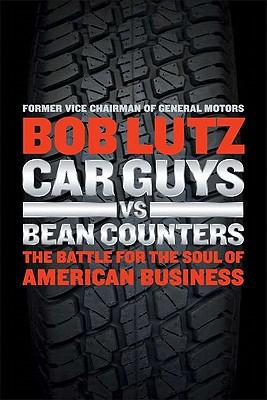 by Bob Lutz
by Bob Lutz
Bob Lutz is the last of the Motor City’s “bad boys.” Not bad like a DeLorean though the two of them shared a passion for cars but rather in the sense of being cut from the same cloth as a Lee Iacocca—a guy with gasoline in his veins who evaluates cars based on whether or not they’ll sell rather than how much they’ll cost to build.
Judging cars based on customer appeal might seem obvious. But if one believes Lutz, and there’s no reason not to, it’s a measure that GM and other American car companies largely ignored for most of the last 50 years.
Like Iacocca, Lutz spent much of his well-paid career arguing the case for style and function against the spreadsheet mentality that overtook the American auto industry after World War II. And like Iacocca he’s blessed with enough ego to face down a suffocating, bean counter bureaucracy and see his convictions turned into rolling stock much of the time.
The story here is nominally about General Motors. But as Lutz implies with the subtitle, life in the car business is a metaphor for larger problems that pervade industrial America. The reader will be stunned by examples of product planners who are responsible for creating new products but apparently don’t have a clue about cars or customers. And the rules that pervade planning and engineering can be genuinely weird. Among Lutz’s favorites is the case of the sliding ashtray: one day, while comparing the interior of a Cadillac CTS with a competitive Acura, Lutz discovered that the Cadillac’s ashtray shot open as though spring-loaded and was extremely hard to close. The Acura’s ashtray slid in and out silently with practically no effort. The senior trim engineer, when asked why the Cadillac ashtray was so hard to use told Lutz that he was extremely proud of the part because it met a particular GM standard, while none of GMs competitors came close, including Mercedes. “The standard, and you will have trouble believing this,” writes Lutz, “was that any moveable opening in a GM interior must be fully functional after a night at 40 degrees below zero!” Which meant that the entire GM lineup was being engineered to meet the occasional requirements of customers in the likes of Bemidji, Minnesota, while the vast majority had to contend with balky ashtrays.
The story is wacky in its own right. But what it’s really about is how once entrepreneurial cultures, having become successful, gradually calcify as successive generations of managers focus on the rules and not the customers. “There were hundreds, maybe thousands of these sacred do’s and don’ts embedded in engineering regulations,” Lutz writes, all of which had to be systematically attacked in order to re-energize the company and its cars.
As an industry critic nobody else has Lutz’s insider credentials. His 40+ years in the industry include time as Executive VP, Sales at BMW, Executive VP of Ford, President of Chrysler Corp., and Executive VP of General Motors. (He retired from GM in 2010 but in September 2011 was rehired as a consultant at the ripe age of 79.)
His story of the long march that ended in GM’s bankruptcy (June 1, 2009) starts with Alfred P. Sloan who in 1920 began to bring “order and managerial discipline” to the jumble of companies Billy Durant had assembled since 1908. The independent, organized management process that guided GM under Sloan made it the world’s largest corporation. The handsome and reliable cars it built during the 1930s, ‘40s, and ‘50s were the best in the world. They were so good that eventually the company had a 50% market share. By the 1950s there were serious calls to “break up General Motors.”
“It’s hard to say exactly when, why, and where things first went wrong,” Lutz writes. Some have argued it all began to come undone after World War II, when the Air Corps’ whiz kids descended on Detroit to save Ford using scientific (math-based) management tools. But Lutz is happy to spread the blame around. The unions and their pensioners, unfair competition from Japan, conservative company directors, government regulations, and what Lutz perceives as a relentlessly anti-GM media, all get their share of the blame. Yet to quote the immortal Pogo, “we have met the enemy and he is us.” Which is to say that blame comes squarely to rest on the shoulders of the accountants and bureaucrats inside the company who took home their bonuses and the customer be damned.
Ignoring the beachheads being established by VW and the Japanese in small cars, and by Mercedes and BMW in the territory beyond Cadillac, GM (and Detroit) marched toward the abyss like so many lemmings following their spreadsheets over a cliff. As Lutz tells his tale of how GM got its mojo back, it’s hard not be stunned by the insular, self-serving culture that did so much damage trying to do their jobs as they saw it, and feel sorry for the industries they damaged and the jobs that will never come back from Mexico.
Copyright 2011, Arthur Einstein (speedreaders.info).
As the former principal of his own ad agency reviewer Einstein has his own well-informed view of the gap between carmakers and car users, as well as the auto industry as a whole.


 RSS Feed - Comments
RSS Feed - Comments







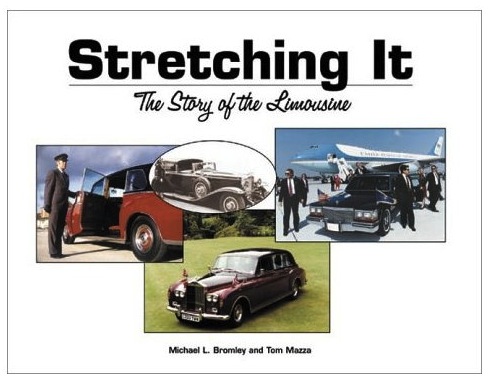





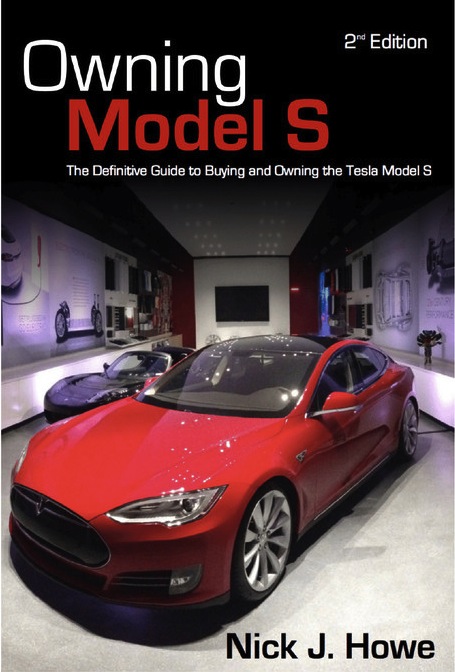




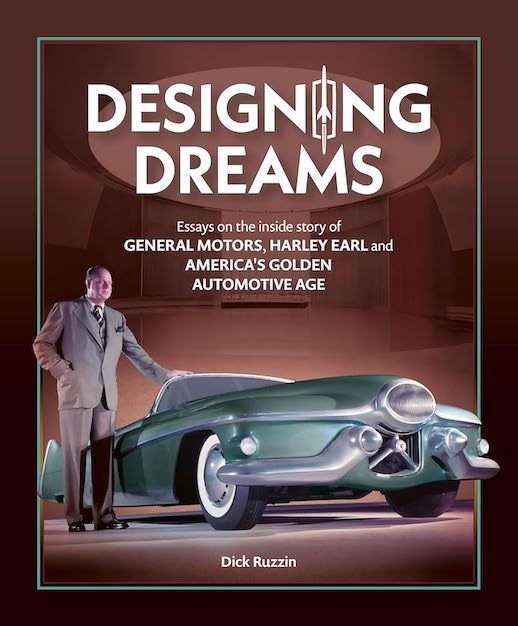


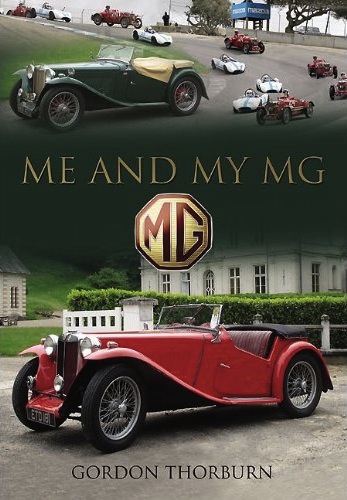
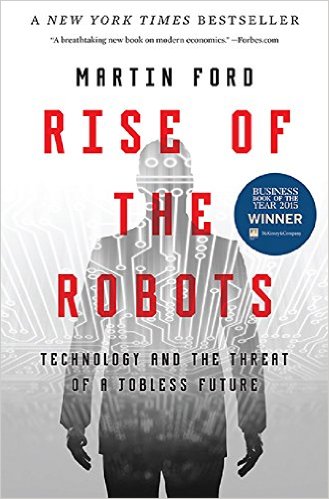



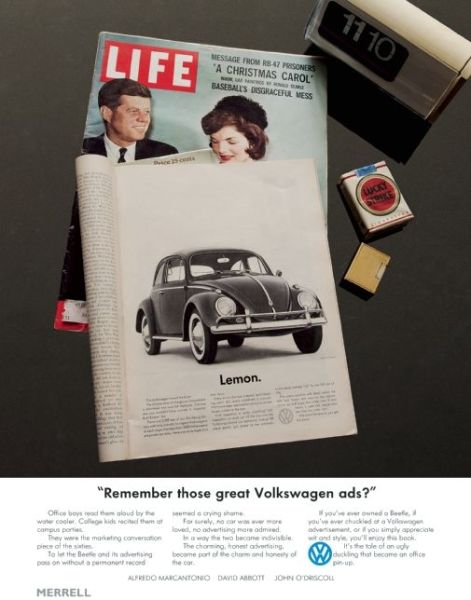


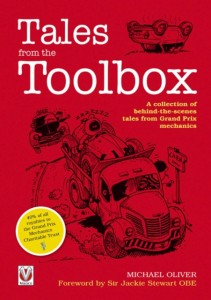





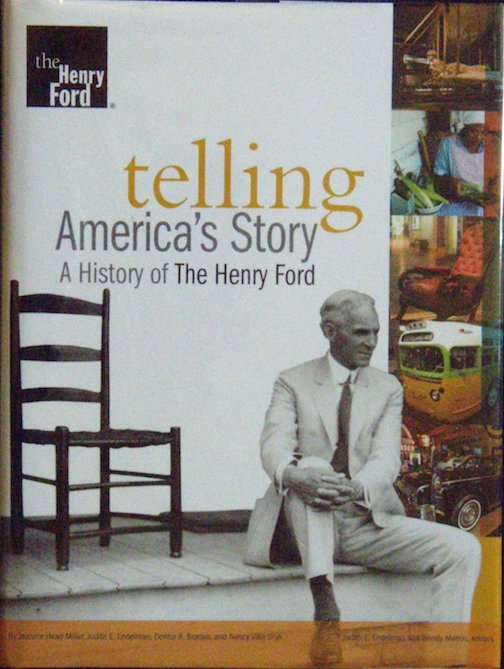
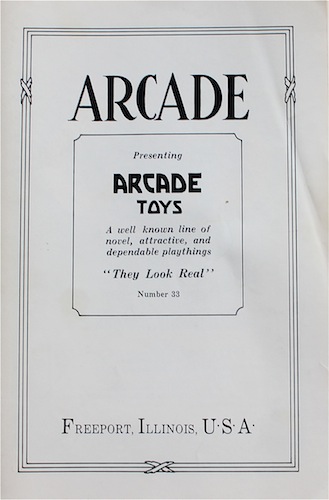
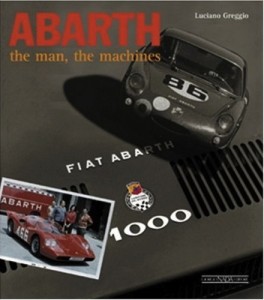

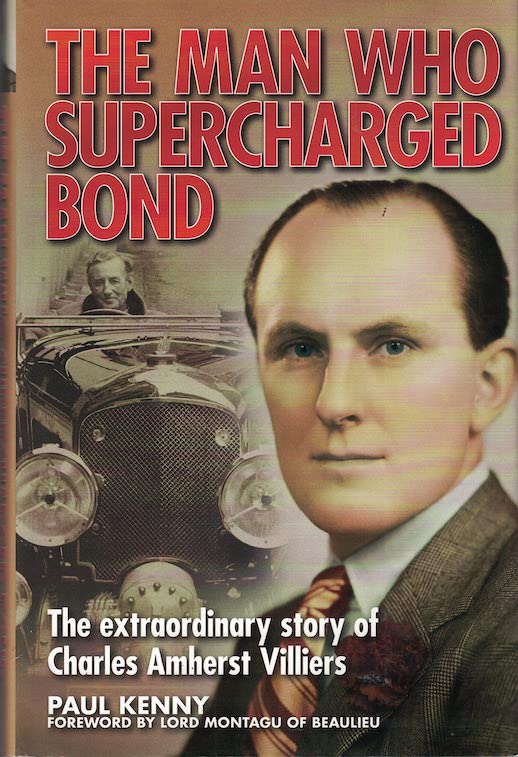


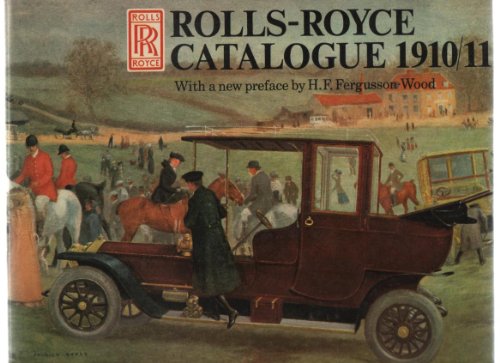


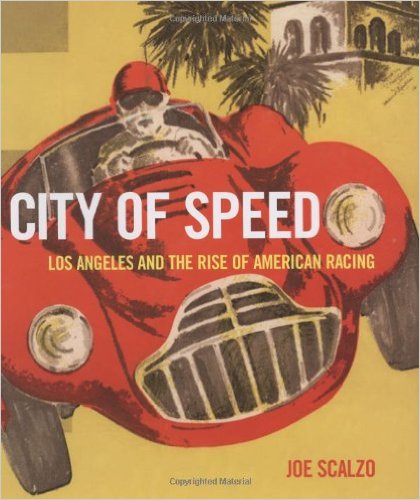
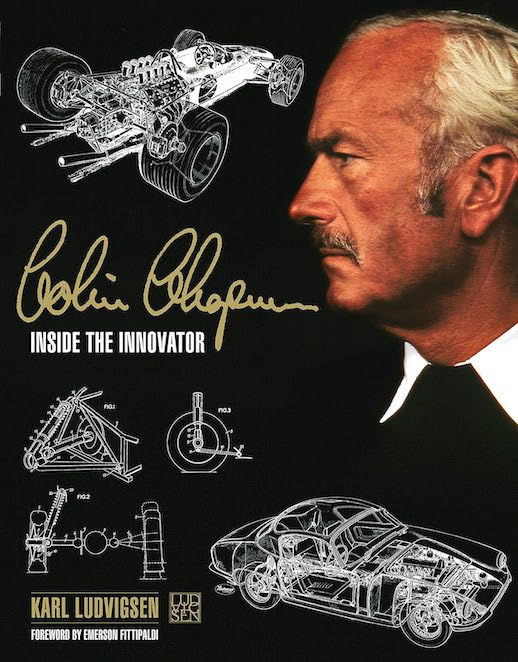




















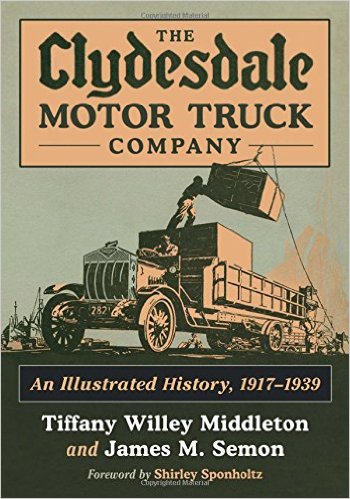


 Phone / Mail / Email
Phone / Mail / Email RSS Feed
RSS Feed Facebook
Facebook Twitter
Twitter